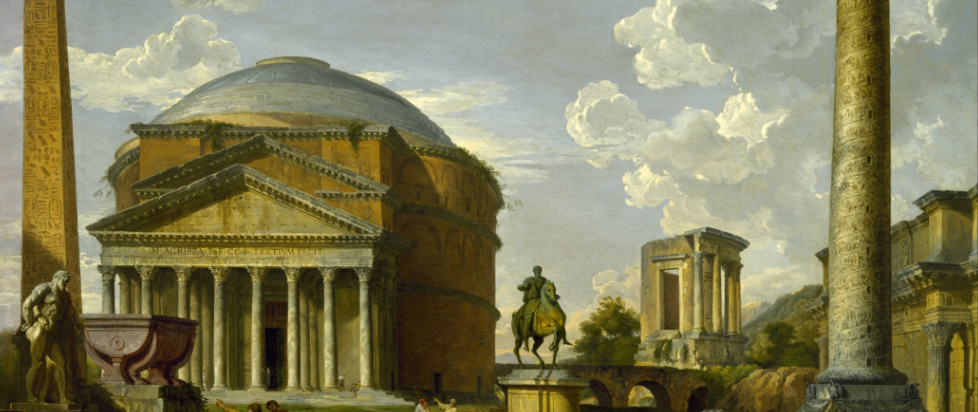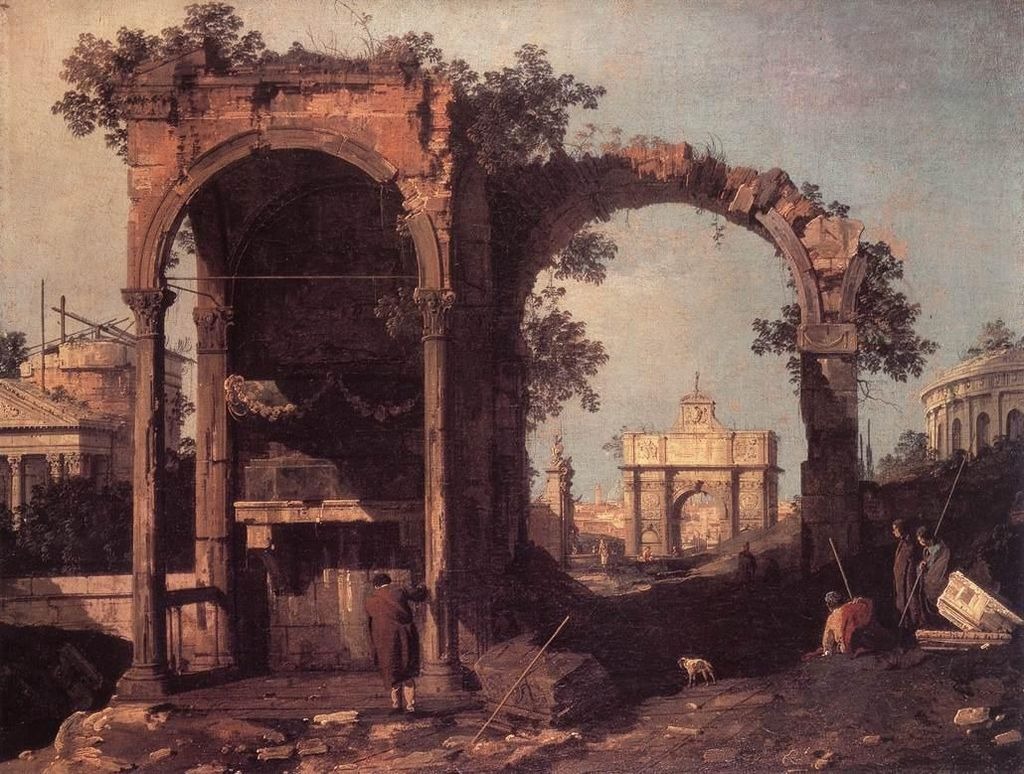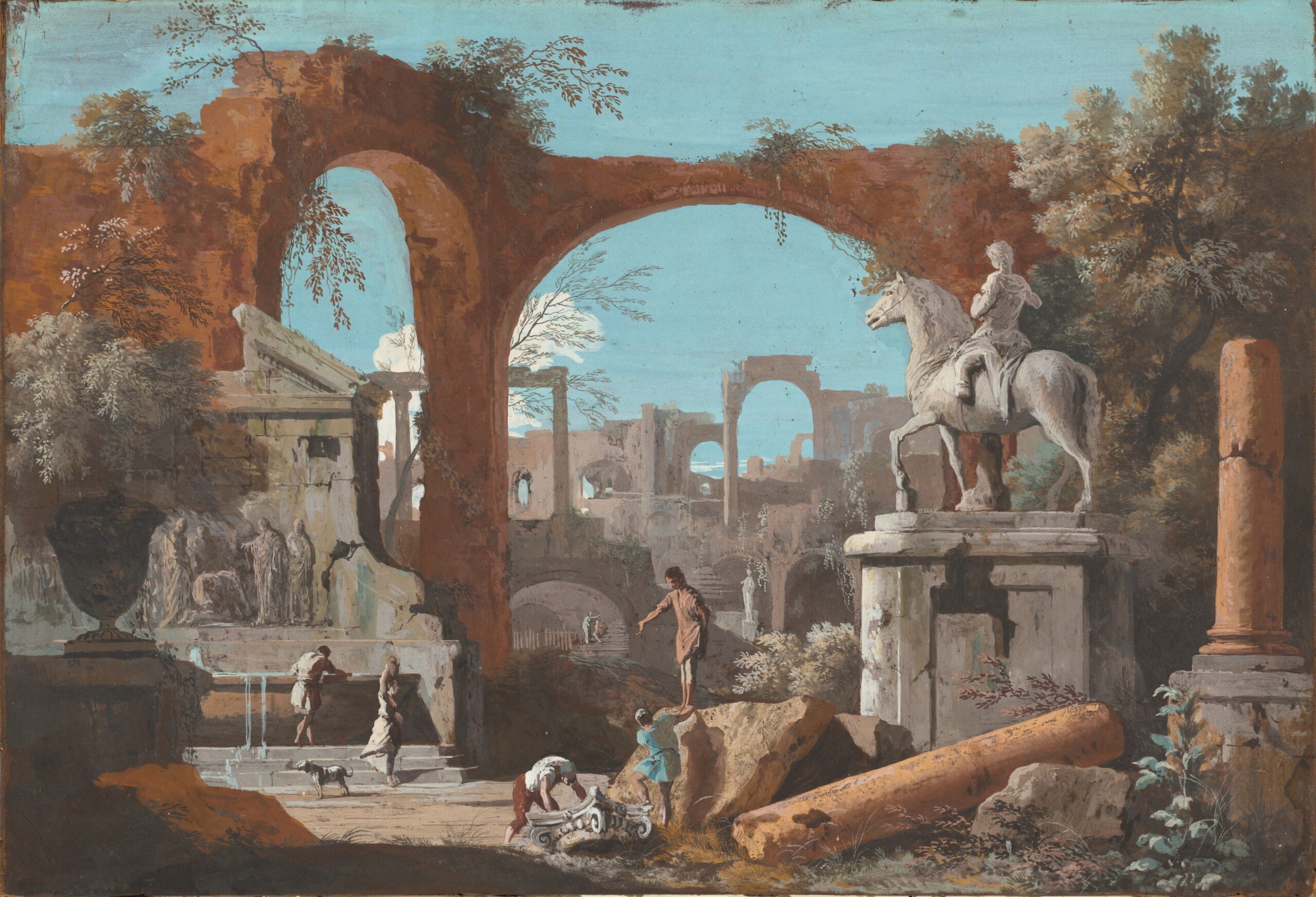
Fantastic Follies

This column is a reprint from Unwinnable Monthly #163. If you like what you see, grab the magazine for less than ten dollars, or subscribe and get all future magazines for half price.
———
Architecture and games.
———
The world is absolutely filled with fantasy architecture in Dark Souls. This definitely goes for the first entry in the franchise, but the same could be said for any of the subsequent installments, particularly Dark Souls 3. The most notable example would have to be Anor Londo, a massive and ornate city featuring all kinds of intricate structures, primarily Gothic in terms of style.
While the series provides a strong starting point for any deep dive into the subject, you can see fantasy architecture in a wide variety of different games, far more than just Dark Souls. These typically adopt one or another form of Gothicism, posing the poignant question of how this particular style of architecture came to be so closely associated with fantasy in the first place. The best answer that I’ve been able to find requires a little bit of explanation.
Roman ruins were commonplace throughout Italy a couple of hundred years ago. These were frequently found littering the landscape, inspiring an artistic style known as Capriccio, something which began at some point in the 17th century, becoming popularized a short time later by Venetians. The paintings in question typically depict a fantastical, imaginary countryside with architectural compositions combining elements from different places and periods. The term itself comes from the Italian word for whim or fancy. These were designed to delight viewers with strange and wonderful scenes.
The best examples of Capriccio come from artists like Giovanni Paolo Pannini, Francesco Guardi and Canaletto. Roman Capriccio by Pannini depicts a fanciful view of Rome centered on the decaying ruins of the Pantheon and Colosseum. The Grand Canal with the Rialto Bridge by Guardi provides another example of a Capriccio painting, featuring a whimsical depiction of the famous Venetian canal with several different architectural styles represented in the background. In much the same way, Capriccio with Classical Ruins by Canaletto shows a blend of both Roman ruins and contemporary Venetian buildings.

Capriccio ended up inspiring something known as the architectural folly. The term refers to a primarily decorative structure placed in public parks and private gardens with a level of extravagance going well beyond your typical tool shed. These can be found in various forms including castles, towers and convents. The concept of a folly is fairly fluid, and the definition lies in the eye of the beholder, but the term is usually applied to small buildings with no practical purpose or a use case scenario that is clearly subordinate to the overall design of the structure. Follies tend to be Gothic in terms of style, but far more exotic patterns like Chinese temples and even Turkish tents were popular once upon a time.
The origins of the architectural folly can be found in the 17th century, at which point they were decorative accents on aristocratic estates, but the movement reached peak popularity in the following few hundred years. What you need to remember is that while many estates throughout Italy were filled with Roman ruins, comparable properties in France and Britain were often lacking such structures, a fact which led members of the local nobility to construct their own versions of these unusual and romantic buildings. Follies were deliberately built as ornaments and are mostly eccentric in design or construction, something which makes them easily distinguished from other garden ornaments like fountains or sculptures. They’re also typically characterized by an element of fakery. The sham ruin for example is a folly which appears to be the remains of a dilapidated building.
Follies were an important feature of English and French gardens during the eighteenth century, taking a variety of different forms including Roman temples, Egyptian pyramids and especially Gothic abbeys. Painshill Park in Surrey contains an almost full set of follies with a Gothic tower, Indian hermitage, Roman temple and Turkish tent. They sometimes took the form of romantic farmhouses, mills and cottages in France, with Marie Antoinette’s Hameau de la Reine at Versailles providing the perfect example. Follies became even more exotic in the 19th century, drawing inspiration from different parts of the world in the form of Chinese pagodas and Japanese bridges. These were popularized over time as distant parts of the planet became increasingly accessible to Europeans. The structures were often built as monuments to colonialism and imperialism as Britain and France in particular attempted to assert their dominance overseas. While some along the lines of the Chinese pagoda in Kew Gardens were based on actual buildings, others like the Indian palace at the Brighton Pavilion were nothing more than figments of pure imagination.

The most famous example of an architectural folly would have to be Sham Castle in Bath. As the name would suggest, the structure was designed to resemble a castle complete with battlements, turrets and arrow slits, but despite its imposing appearance, the building is in fact completely fake, serving absolutely no defensive purpose whatsoever. Follies were also popular in America throughout the nineteenth century, one of the most famous being the Pagoda at Fairmount Park in Philadelphia. The structure looks a lot like a Japanese temple with a tiered roof, ornate engravings and bell tower, but the building in fact serves no practical purpose, apart from being a beloved landmark and a popular tourist attraction.
The majority of architectural follies are Gothic in terms of design, both in Europe and America. These wildly impractical structures were made for purely aesthetic purposes, perfectly complementing their pastoral surroundings, providing elements of artifice to a largely natural environment. The result is a rather strange sense of spirituality, a feeling of being somewhere else or standing outside of time, at least in a certain manner of speaking. This may have been what created the connection to fantasy architecture. The worlds in games like Dark Souls are basically scaled up versions of the follies found in parks and gardens, aiming for and achieving precisely this feeling of alterity.
———
Justin Reeve is an archaeologist specializing in architecture, urbanism and spatial theory, but he can frequently be found writing about videogames, too. You can follow him on Twitter @JustinAndyReeve.




